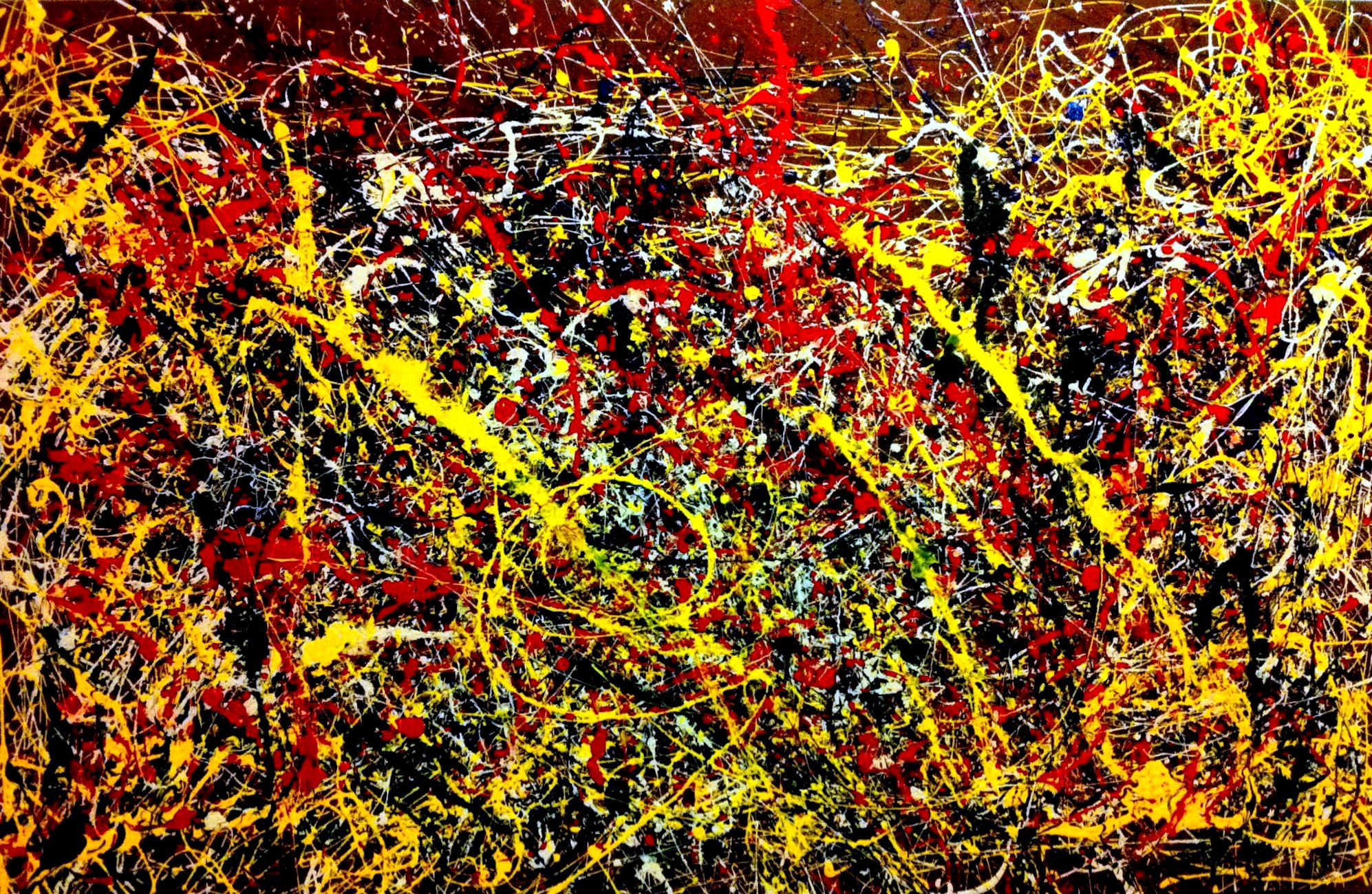In the 1930s, one of the core Frankfurt School members Walter Benjamin, introduced an idea of “politisation of aesthetics”, the notion of the impossibility to separate art and beauty from ideology. He also contemplated on “aestheticisation of politics”, a situation when life is regarded as a work of art and politics as an art practice. It was a decade that saw the rise of fascist regimes, culminating in its ugliest form with the Nazis in Germany. All kinds of inclinations from the strict ideological standard on what is beautiful was labelled as “degenerative”. The idea of art as “political” was then taken towards a very negative limit and art was regarded as a mere propaganda and mechanical part of engineering of the ideology.
Art and politics are profoundly connected. Politics can be called “art” in relation to its main research question and the remaining biggest mystery – the phenomenon of power. Beauty is in the center of the concept of aesthetics. It can certainly be described as a form of a power.
Niccolo Machiavelli, the father of political consultancy, was probably the first author to elaborate the idea of politics as an artistic endeavour.
Renaissance (in a broad, not strictly tied to any historic period sense of the world) men are the initial social group which institutionalised the link between politics and art through established studying practices in the universities. Since its official birth as an independent discipline in the 19th century, “Political Science” is nested in the family of “humanities and arts”.
Roman emperors, Egyptian pharaohs, Persian kings as well as other political chiefs long before them were practically using forms of art as a tool to communicate dominance. The same was made by a religion through the concept of the divine power. Biblical canons and icons would have to carry only a limited set of meanings and messages, strictly encoded in the holy books. The power was then shared among political, military and religious chiefs (sometimes being the same person), with a primary focus on the latter as the concept of divine, aesthetic and beautiful being interconnected. God was the only true eternally lasting beauty, and holy was synonymous to beautiful.
Louis XIV had institutionalised symbiotic connections between art and political power via the foundation of the French Royal Academy of Arts. In times when the Church had started to lose its grip on society and was hampered by Reformation, the Sun King set the standard for the approach of the Western civilisation. He gave a standard of “aesthetic” from a perspective of glorifying the one who possesses the political power. The idealistic approach, rooted in the philosophy of Plato’s eidoses (reflection in our copycat world), was therefore challenged from a very utilitarian perspective. Numerous portraits of Louis and the biggest monument to his glory – Versailles – are the textbook examples.
Art was put on institutional service to the political regimes. Official art academies were established almost in all major capitals of Europe, setting the universal canons and placing political duty symbols and classic subjects from ancient Greek and Roman cultures. Channeling dominance and aristocratic authority became the primary function of the academies.
Another example of the interconnectivity between art and politics is the usage of art by global powers in the 20th century. Research and Development Corporation (RAND), the leading strategic think tank in the US during the Cold War, and the Central Intelligence Agency of the USA (CIA) used American abstract expressionism to fight Communist ideology in the 1950s and 1960s. Jackson Pollock, Robert Motherwell, Willem de Kooning and Mark Rothko were perhaps not aware why CIA worked very hard to promote their works abroad. Abstract expressionism as a style of free-thinking “land of the free and home of the brave” was presented in contrast with the rigid “social realism” of the Soviet Union. It was proving the point of a flourishing creativity in the US in comparison with a dry and “kitschy” culture in the Soviet Union.
Interdependence of political history and art history is explicitly evident – art, like a mirror, reflects the political modernity. Political freedom is reflected in the artistic freedom. Bourgeois revolutions in England and Holland brought the first wave of democratisation in art: Dutch schools of still life, landscape painting and mass scenery broke the standards at the time. Humanism of the Italian Renaissance resulted in works of art by geniuses such as Leonardo da Vinci and Michelangelo. Romanticism and realism undermined the French Academy after the French Revolution, alongside with the idea of impersonification of power. These are just a few examples, the list is as long as the storyline of humanity.
There are many angles in the analysis of the connection between aesthetics and politics. Can political propaganda be artistic? To what extent does Joseph Nye’s concept of “soft power” involve the idea of beauty? Is neutral art without and reference to any political landscape possible at all? How does the exhibition space, created by the work of both the artist and curator, become a platform for political discourse? The research will go on as long as the political animal walks the Earth.
First published by BxlConnect, Denis Maksimov.







